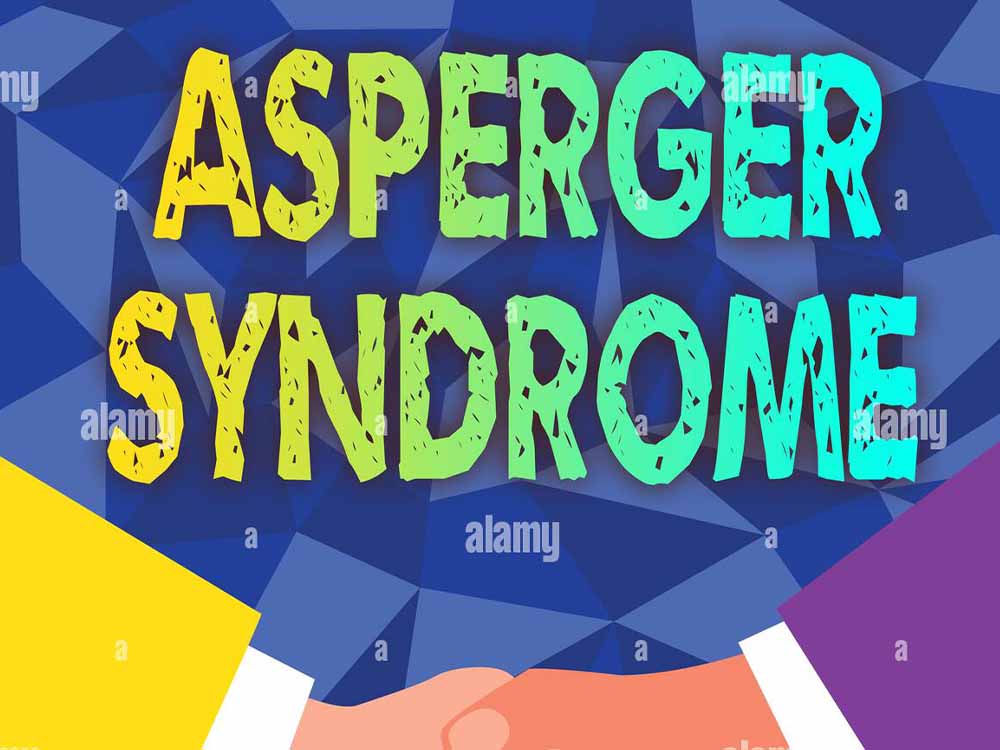Asperger’s in 2010 – Understanding and Navigating a Spectrum Disorder
In 2010, Asperger’s Syndrome, a neurodevelopmental disorder characterized by challenges in social interaction and repetitive behaviors, continued to garner attention and understanding within the broader context of autism spectrum disorders. This period marked an evolving understanding of Asperger’s, with discussions focusing on diagnosis, support, and the experiences of individuals on the spectrum.
Introduction to Asperger’s Syndrome – A Spectrum Within a Spectrum
Asperger’s Syndrome, first identified by Austrian pediatrician Hans Asperger, was officially recognized as a distinct disorder in the early 1990s. By 2010, it was classified as part of the autism spectrum. Unlike classic autism, individuals with Asperger’s often exhibited average to above-average intelligence and displayed intense interests in specific topics.
Diagnosis and Challenges – Navigating the Spectrum
he diagnosis of Asperger’s in 2010 posed both opportunities and challenges. On one hand, increased awareness led to earlier identification and intervention for some individuals. On the other hand, the broadening understanding of the autism spectrum raised questions about the distinctiveness of Asperger’s and its place within this spectrum. Discussions also revolved around the potential impact of changes in diagnostic criteria.
Support and Education – Bridging Gaps and Fostering Inclusion
Educational and support initiatives for individuals with Asperger’s in 2010 aimed at fostering inclusivity. Schools and organizations implemented strategies to accommodate the unique learning styles of those on the spectrum, promoting social skills development and creating environments that celebrated neurodiversity. Parental advocacy played a crucial role in ensuring that educational systems recognized and addressed the needs of children with Asperger’s.
Personal Narratives and Advocacy – Voices from the Spectrum
2010 witnessed a growing emphasis on amplifying the voices of individuals with Asperger’s. Personal narratives and advocacy efforts aimed to break down stereotypes, reduce stigma, and highlight the diverse strengths and talents of those on the spectrum. The increased visibility of adults with Asperger’s contributed to a better understanding of the lifelong nature of the disorder.
In summary, Asperger’s in 2010 was marked by a nuanced understanding of the disorder within the broader autism spectrum. Diagnoses and support systems evolved to recognize the unique challenges and strengths associated with Asperger’s, while advocacy efforts worked towards fostering inclusivity and amplifying the voices of individuals on the spectrum.










